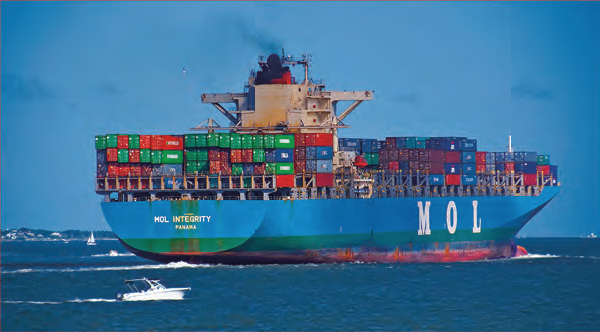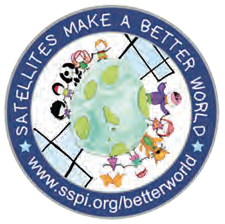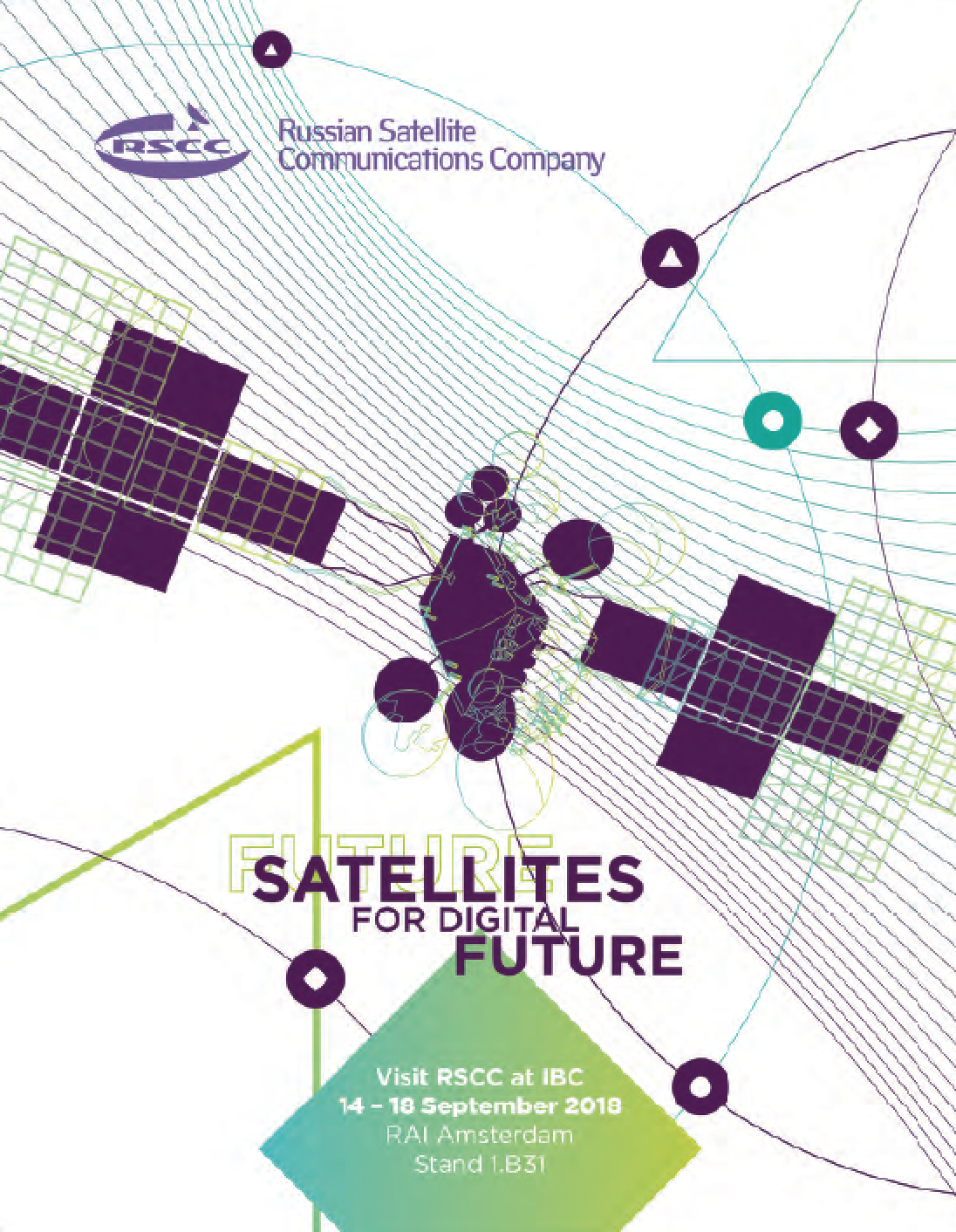It is hard to read anything about business or technology these days without coming across the Internet of Things (IoT). In 2014, for the first time, the number of mobile phones and other devices equaled the number of human beings on Earth, about 7.2 billion. The analyst firm Gartner says that by 2020, there will be 26 billion connected devices — and most of them will be connecting with other devices rather than people.

IoT is rapidly connecting lights and cars, factory equipment and footballs, aircraft engines and thermostats, traffic lights and baby monitors. By monitoring, measuring and managing these billions of things, it will save us time and money, reduce waste, cut pollution, and make the way we live safer, easier and more rewarding. Accenture forecasts that it will add as much as $14 trillion to 20 of the world’s largest economies by 2030.
But maybe we should call IoT the Satellite of Things (SoT), instead. Because satellite technology has been connecting important things for decades and will be accomplishing that important task for decades to come.
Connecting Things Before the Internet
For more than 30 years, SoT has connected cash registers in stores with computers at corporate headquarters. Machines talked to machines, and retailers could monitor and inventory hour by hour to discover what was selling and what was not.
SoT has been making the world’s energy supply smarter, too, from electricity grids to gas and oil pipelines. Sensors, switches and valves send data and receive commands from space — and the system runs more safely and reliably at lower cost.
Today, advances in information technology are giving the IoT new powers — and satellite is spreading them across the globe.
Keeping the Bananas Cool
Globecomm is a communication solutions provider working on IoT. For one of the world’s largest shipping companies, the company found a way to make certain that bananas picked in the field and put into a shipping container reached their destination, ready for sale.
Working with other leading technology firms, Globecomm equipped refrigerated shipping containers with temperature sensors and small computers. Each container keeps track of its temperature and reports it over a wireless link to a central computer aboard ship. Wherever the ship sails, the computer stays connected over the Globecomm satellite network to the shipping company’s computers.
The result? An accurate, real-time record of what went on inside the container, from the moment the container was closed on one side of the ocean to the moment it’s opened on the other. When a perishable cargo goes bad, somebody has to make good on that load. SoT makes certain the shipper does not pay for problems the firm did not cause — and that can be worth millions every year.
Making Certain the Water Flows
Sometimes the savings is measured in people instead of money.
In 2012, America’s Mid-Atlantic states were struck by Hurricane Sandy, which caused more than $62 billion in damage. One victim was a major water utility that served millions of people in the affected region.
The utility used IoT technology to monitor and control their network of valves, pumps, storage tanks and reserve pools that deliver a steady supply of clean water. Those machines talked to other machines over cellular links, the same kind used for mobile phones. However, Sandy’s strong winds and severe flooding took down the cellular network in many places.

Suddenly, the control room was blind. The company scrambled to send personnel to facilities across the state. They checked sites, radioed the information to headquarters and manually operated equipment before rushing to the next site. This was an all-hands, around-the-clock exercise that went on for days until cellular service was fully restored.
Those days of crisis taught the utility a lesson. Its IoT platform now includes a satellite backup for all remote sites. Going further, state governments began requiring satellite backup for every network that controls crucial infrastructure. It costs a little more, but the risk of failing systems leaving people high and dry — or much worse, spreading disease — far outweighs the cost.
This is a world of constant change. Things move. Storms rise. Technology improves but makes all more vulnerable at the same time. IoT promises big benefits. However, only SoT can make sure IoT keeps that promise.

References
“There are Officially More Mobile Devices Than People in the World,” by Zachary Davies Boren, The Independent, October 7, 2014.
“A Simple Explanation of the Internet of Things,” by Jacob Morgan, Forbes, May 13, 2014.
“Transforming Economic Growth with the Industrial Internet of Things,” by Paul Daugherty, Forbes, January 21, 2015.
Globecomm: www.globecomm.com
Society of Satellite Professionals (SSPI): www.sspi.org/
Produced for Satnews Publishers and SatMagazine by Space & Satellite Professionals International — see more stories and videos of satellite making a better world at www.bettersatelliteworld.com.


